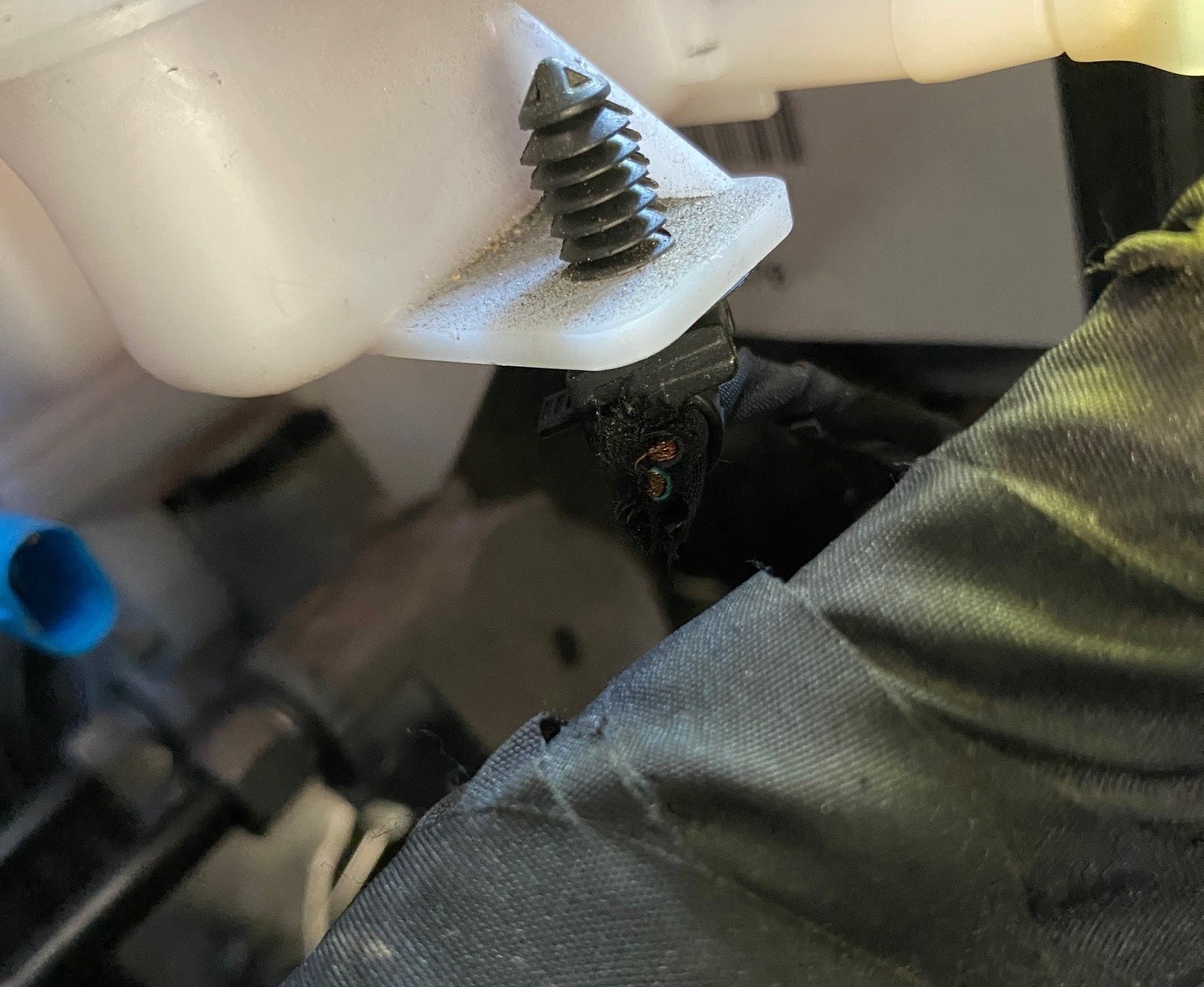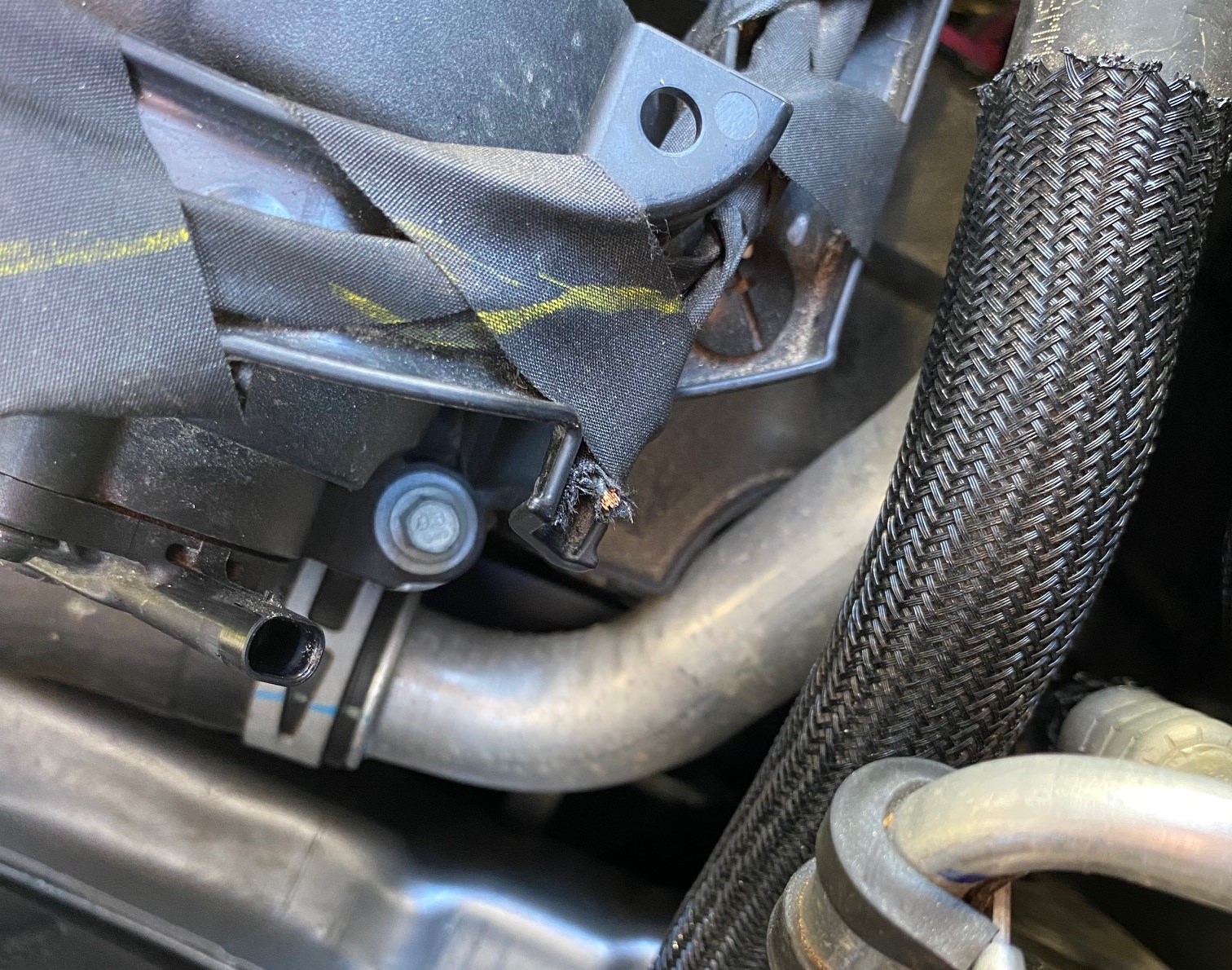The automated vehicle diagnostic system, commonly known as an On-Board Diagnostics (OBD) system, is a complex piece of technology that plays a vital role in maintaining the well-being of your vehicle. In this month’s blog, we explore how the OBD might not always accurately identify the source of your vehicle’s issue without further investigation by a trained service professional.
How does the OBD system operate?
The OBD system functions by continuously receiving and analyzing data from various sensors situated throughout the vehicle. These sensors measure a range of parameters from engine temperature to oxygen levels in the exhaust gases.
When you connect an OBD scanner to your vehicle (typically through a port underneath the dashboard), you can retrieve these trouble codes. Each code corresponds to a specific issue, which can then be diagnosed and resolved by a service professional.
Are the OBD codes always precise?
When a vehicle’s computer indicates a problem, it is common for drivers to assume that the computer has pinpointed the faulty component and that replacing it will solve the problem. However, this is not always the case.
Frequently, there is an underlying cause for the code that does not stem from a component failure. For instance, if a vehicle has a malfunctioning thermostat, it may trigger a code for a coolant sensor out of range. The computer expects a certain signal after a few minutes of operation, which it may not receive due to the engine not reaching optimal temperature. Similarly, if an engine stalls, the crank position sensor may report a loss of speed signal. Nevertheless, replacing the crank sensor would not address the stalling issue.
Validating OBD readings
As the OBD readings may not always definitively identify the problem, conducting a thorough diagnosis before replacing any components is essential. A visual inspection can help identify any visible issues. If no issues are evident, further testing may be necessary to ascertain the precise cause of the check engine light or malfunction indicator light (MIL).
For example, if you receive a code for a camshaft actuator signal loss, it is crucial to conduct a visual inspection and fault memory read before replacing any components. In some cases, small rodents may have taken up residence under your car’s hood and caused various issues.
See the images below for a recent instance where the diagnostic assessment did not provide the complete picture.


The photos depict a recent instance of a camshaft indicator error that was actually caused by rodent damage.
To ensure your vehicle receives proper service, it is crucial not to rush to conclusions when your vehicle’s computer flags an issue. Instead, bring your car to a skilled technician who can conduct a comprehensive diagnosis and recommend appropriate tests to determine the exact cause of the MIL.
If you wish to have your vehicle inspected for potential issues, reach out to the service professionals at Shade Tree Garage to schedule an appointment.
Frequently Asked Questions About OBD Systems
Q: Can the OBD system detect all vehicle problems?
A: While the OBD system can identify many issues, it may not always provide a complete diagnosis, requiring further investigation.
Q: How often should I have my vehicle’s OBD system checked?
A: It is recommended to have your OBD system checked during routine maintenance visits to ensure optimal performance.
Conclusion
The OBD system is a valuable tool for diagnosing vehicle issues, but its readings may not always be definitive. By conducting thorough inspections and tests, along with the expertise of a trained professional, the root cause of the problem can be accurately identified and resolved. Avoid jumping to conclusions based solely on OBD codes and seek the assistance of experienced technicians for proper diagnosis and repair.

















